-
Common Characteristics Of Best-selling Children’s Books
As outlined by Nodelman and Reimer in The Pleasures of Children’s Literature, here are the common-characteristics of best-selling modern children’s books. They are written and sold as part of a series. They have a simple and straightforward writing style. Central characters are enough like their intended audience for readers to relate to and identify with
-
Mog The Forgetful Cat by Judith Kerr Analysis
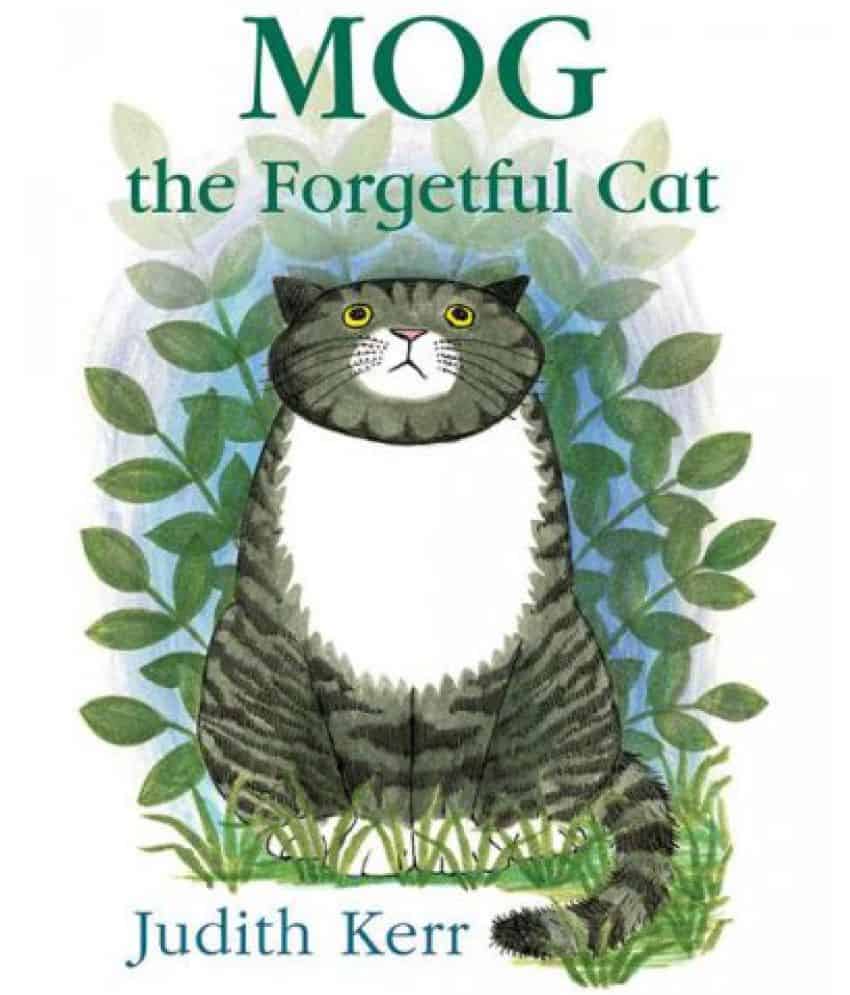
Mog The Forgetful Cat is the story that introduced Mog to young readers at the beginning of the 1970s. You’ll see from the illustrations that this is a book of its time, with 1970s fashion and a traditional nuclear family set-up, including a population that, compared to modern day London, is overwhelmingly white. If there
-
Better Alternatives To Harry Potter aka Why The Hell Is JK Rowling’s Mashup So Popular?
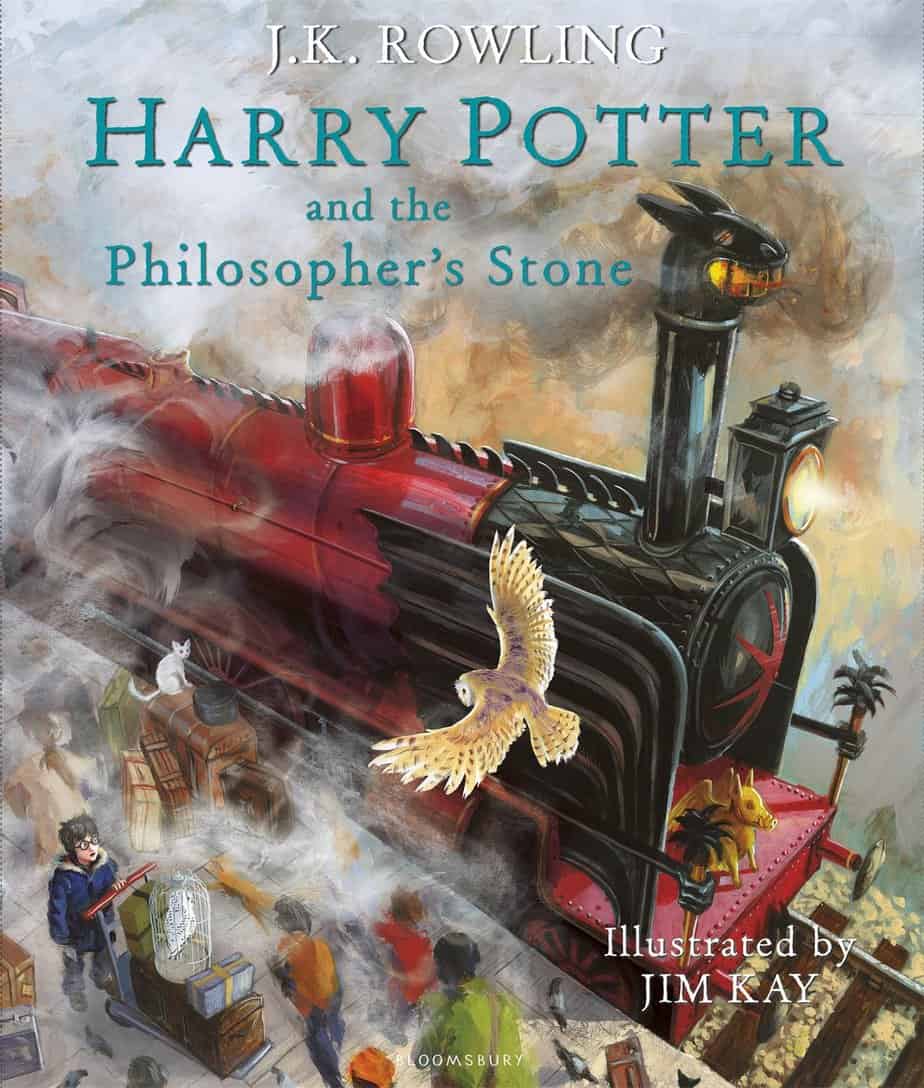
No one really knows why Harry Potter became so popular. In fact, many academics find Harry Potter relatively poorly executed, first from a storytelling perspective. Talking about another, better book, Diane Purkiss says the following: There’s no info dump; there’s no narrator; there’s no Dumbledore figure who in the last chapter plods in and says
-
Millie by John Marsden and Sally Rippin Analysis
Young readers love to hear about naughty children. If this were a story by Roald Dahl or Edward Gorey, the naughty Millie would definitely have met a nasty end, but this particular naughty child remains the apple of her parents’ eyes. Since all children have bad thoughts sometimes, this story is a comfort-read, and would
-
Wolves In Children’s Literature
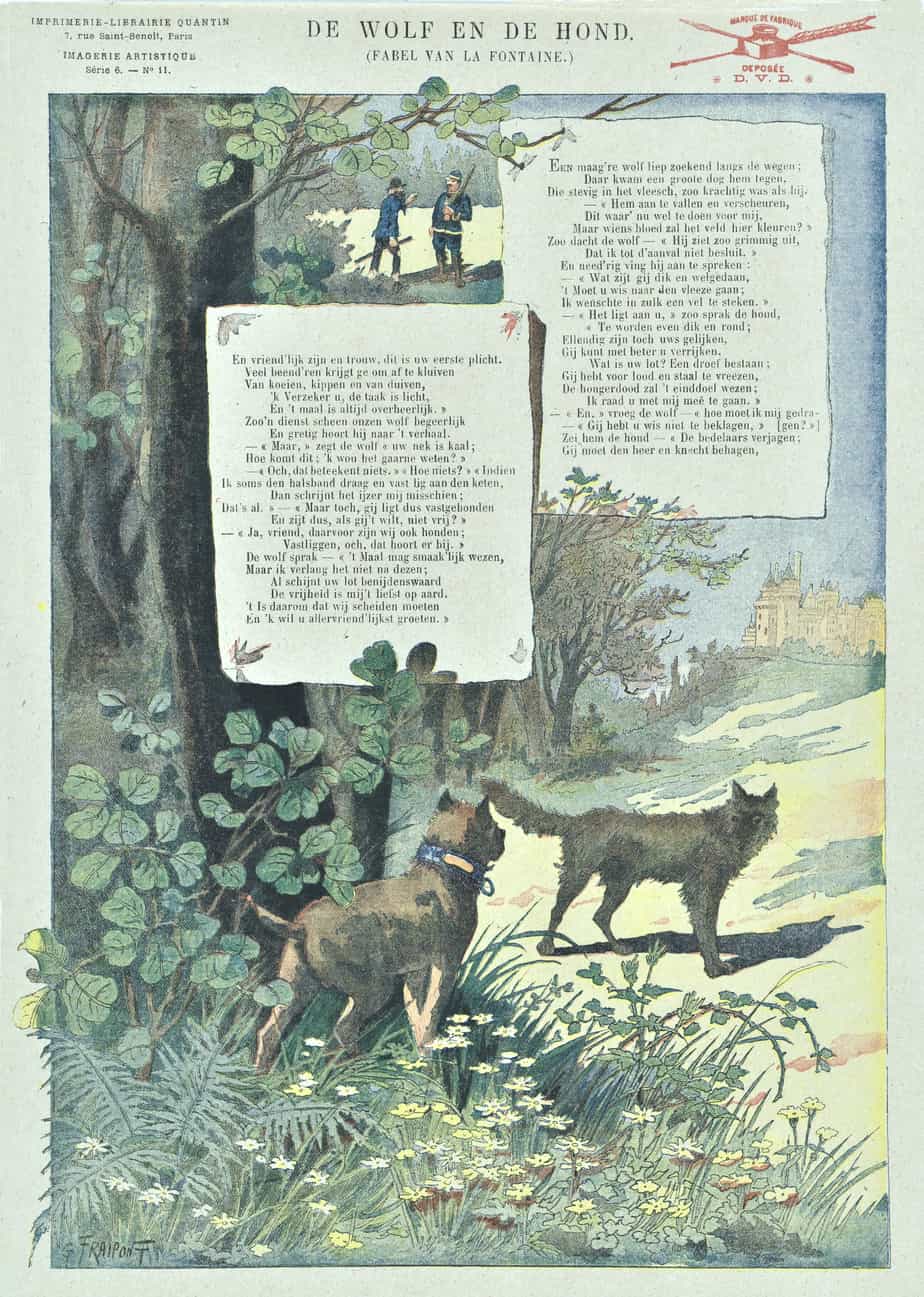
In stories, wolves are a shorthand for opponent. This comes from the historical real life fear of wolves of course, but also from Aesop. Now that wolves are an endangered species, writers sometimes subvert this archetype and position the wolf as the sympathetic character. This also carries the message that no one is all good or all bad, and we…
-
Bears In The Night by Stan and Jan Berenstain Analysis
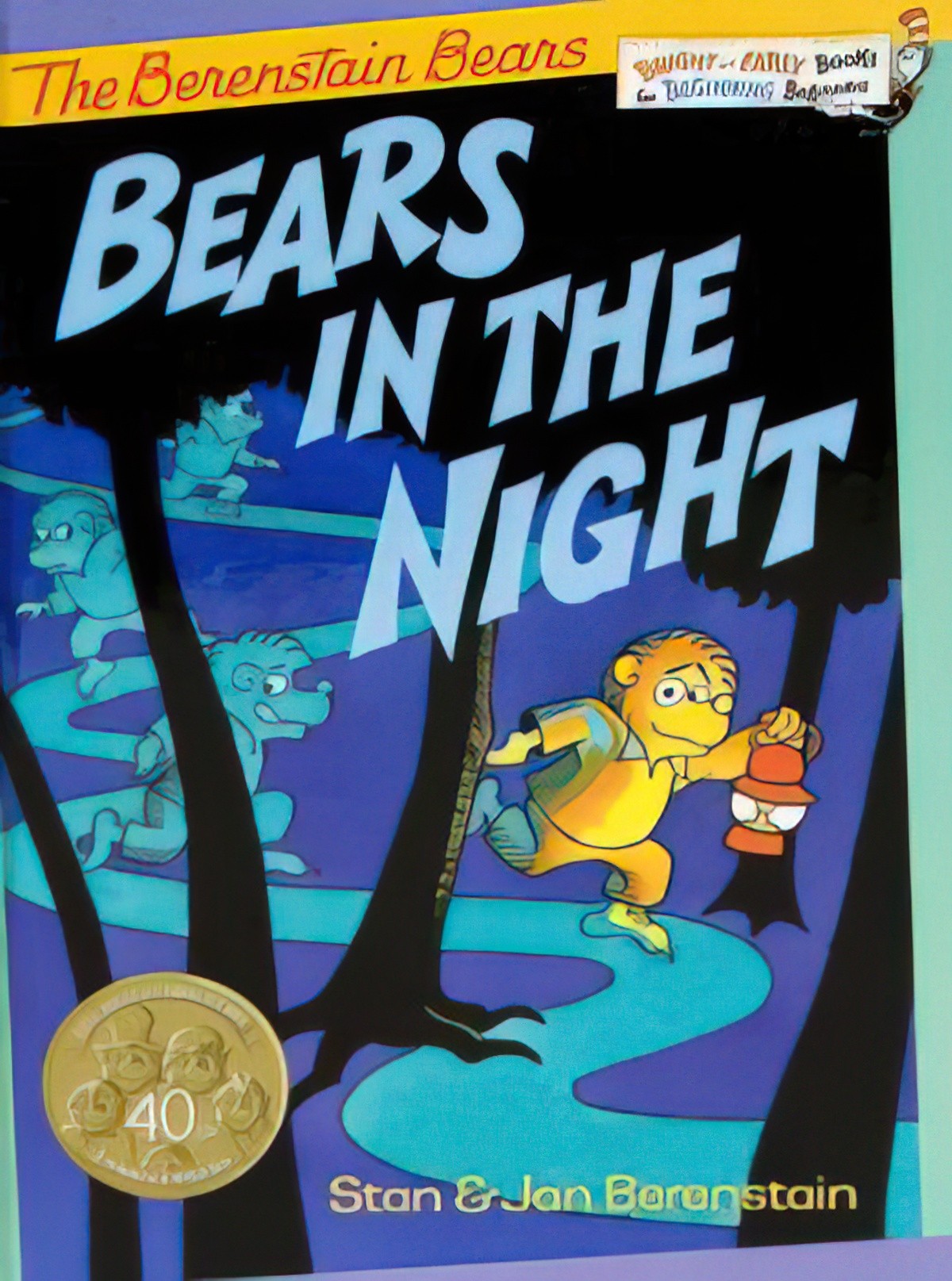
Anyone who has helped an emergent reader with assigned readers knows the difference between an interesting early reader and a ‘slog’. Bears In The Night by the Berenstains is an early reader with a focus on positional words. This book is an example of a successful early reader because the story is engaging and children will want to return to its…
-
Bears In Art and Storytelling
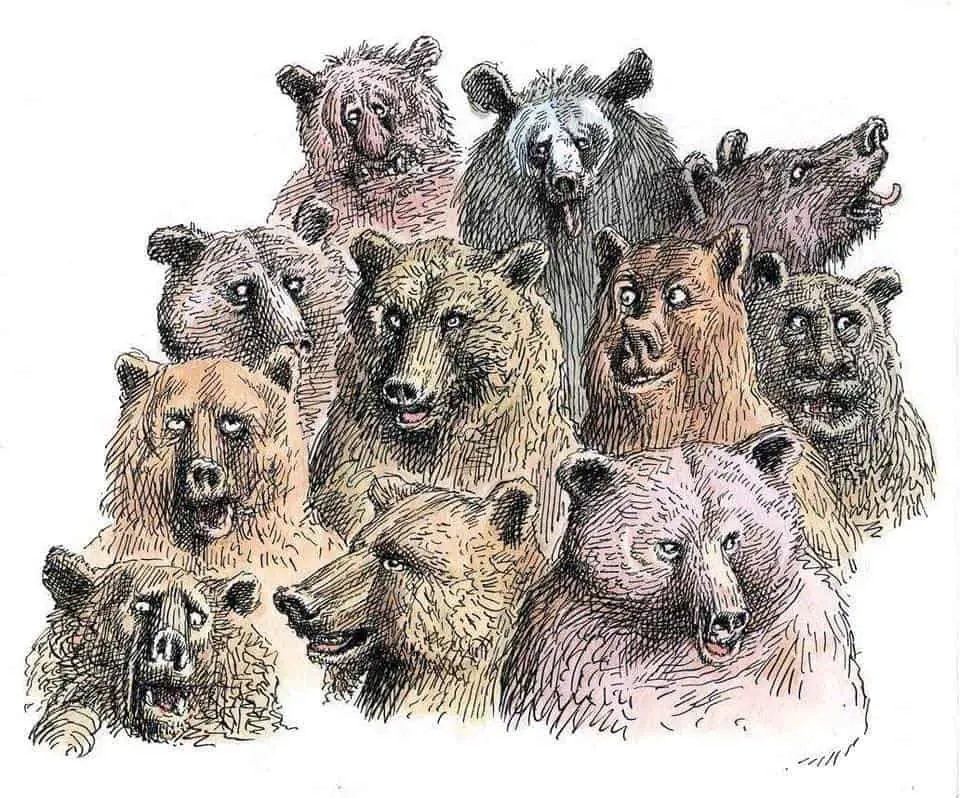
Perhaps you know a little person who absolutely love bears. I know one of those. She loves stories about bears. Fortunately they are in no short supply.
-
Literary Cats
“I meant,” said Ipslore bitterly, “what is there in this world that truly makes living worthwhile?”Death thought about it.‘CATS, he said eventually. CATS ARE NICE!’ Terry Pratchett, Sourcery Catwoman with every fictional cat ever, from The Mary Sue Why Cats Are Ousting Dogs In Literature from The Telegraph Something they don’t tell you about pet
-
Telling A Story Over The Course Of A Single Day
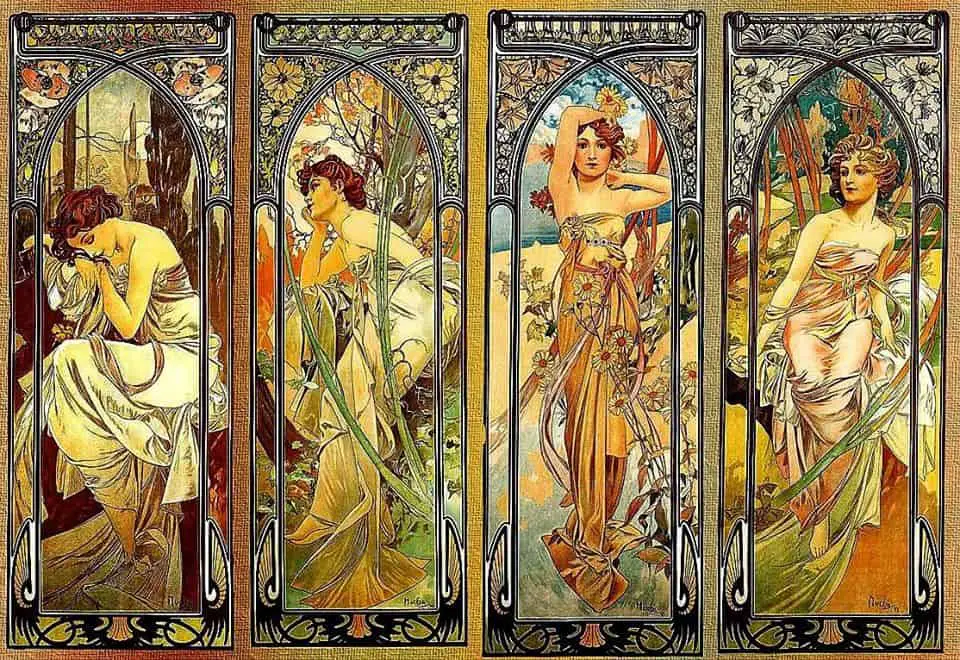
12 HOUR CLOCKS IN PICTURE BOOKS Anyone who has read books to children will already know which of these single-day stories is more popular in children’s books. Some common clocks in picture books: The main character wakes up in the morning, goes on an adventure, comes home to safety and sleeps happily in bed. These
-
The Symbolism of Seasons
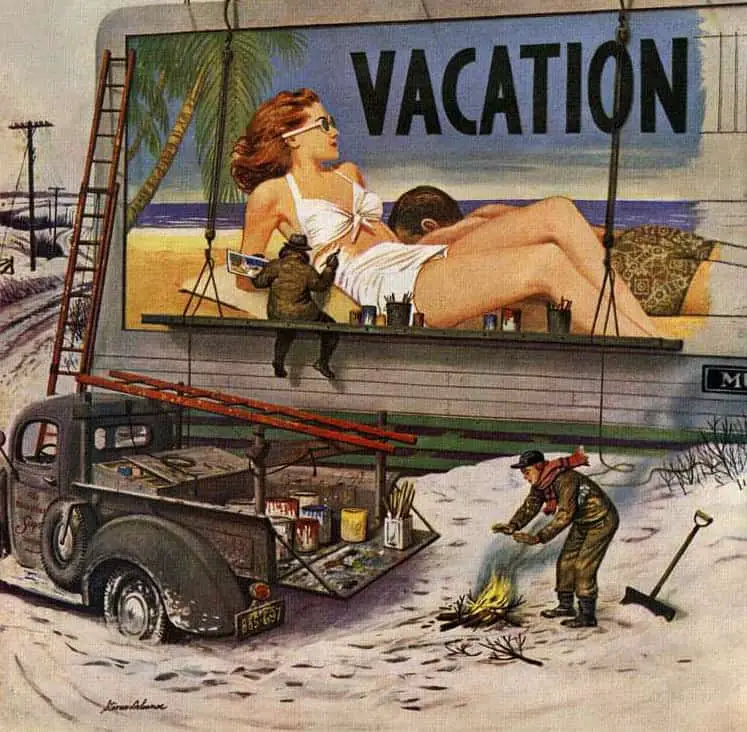
In stories for children, as in stories for adults, emphasis on the seasons and the circular nature of time gives a story a feminine feel. Each season carries its own symbolism, but it’s not a clear delineation. Why do we associate cycles and seasons with femininity? Who better to teach us something than Dwight Schrute?
-
The Magical Life Of Mr Renny by Leo Timmers Picture Book Analysis
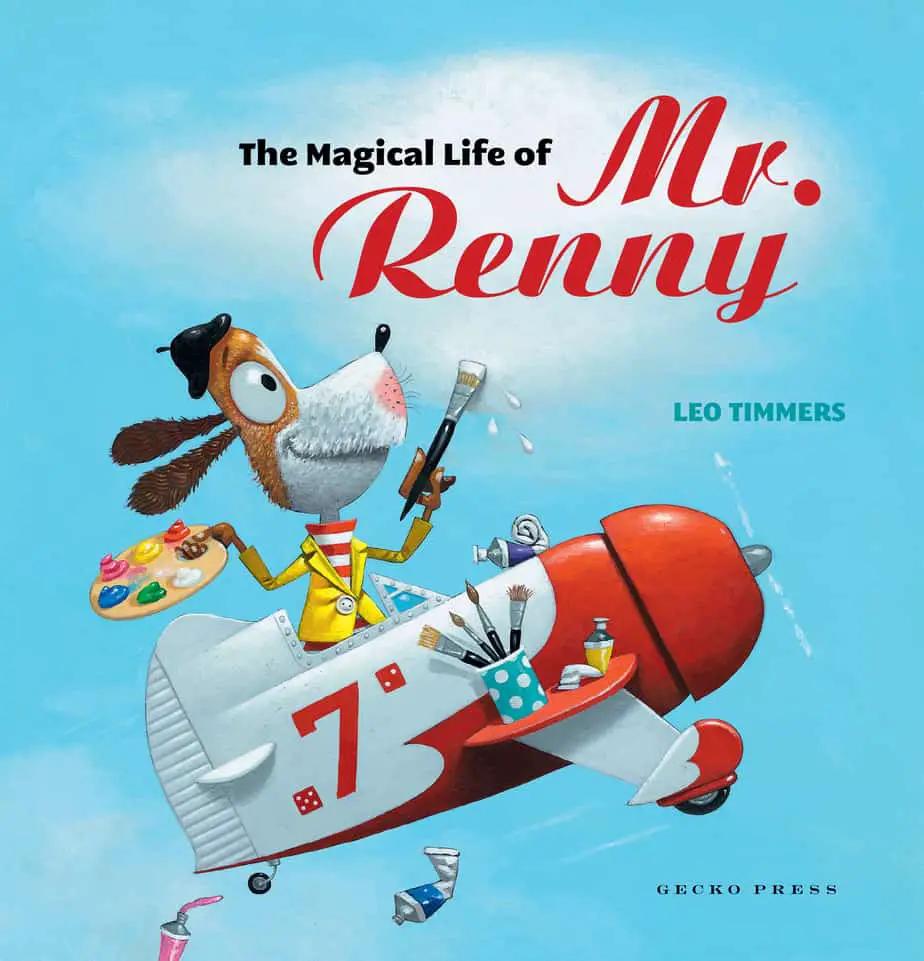
The Magical Life of Mr Renny by Leo Timmers is a modern Magic Paintbrush story in which a central dog character can paint anything he likes. Timmers adds a romantic subplot. PLOT OF THE MAGICAL LIFE OF MR RENNY A ‘starving artist’ (represented by a dog called Renny) can’t sell any paintings at the market.
-
When we were alone in the world Picture Book Analysis
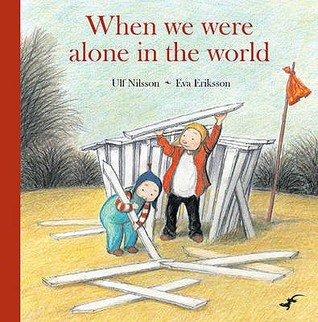
Written by author Ulf Nilsson and illustrated by Eva Eriksson, When We Were Alone In The World is a 2009 Swedish picture book produced by two longtime experts in their field. I am reading the English language translation from Gecko Press. PLOT OF WHEN WE WERE ALONE IN THE WORLD Written in first person point
-
Scarface Claw by Lynley Dodd Picture Book Analysis
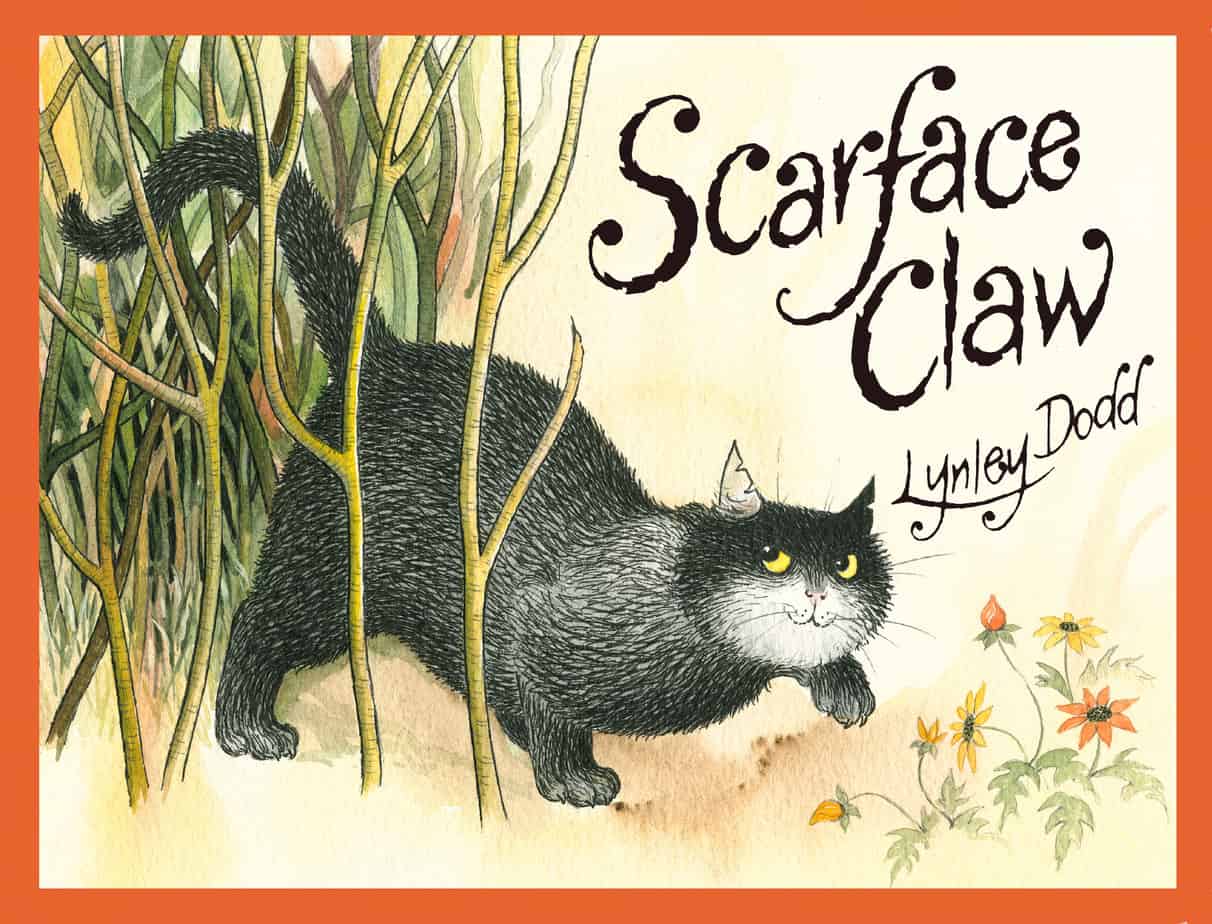
Scarface Claw is a wonderful animal villain. Honestly, for a close-reading I could have picked any of Lynley Dodd’s Slinky Malinki series (or from the even-better-known Hairy Maclary series set in the same world). I find it impossible to pick a favourite. But if I have a favourite character, it is probably a tie between Slinky
-
Why so many orphans in children’s literature?
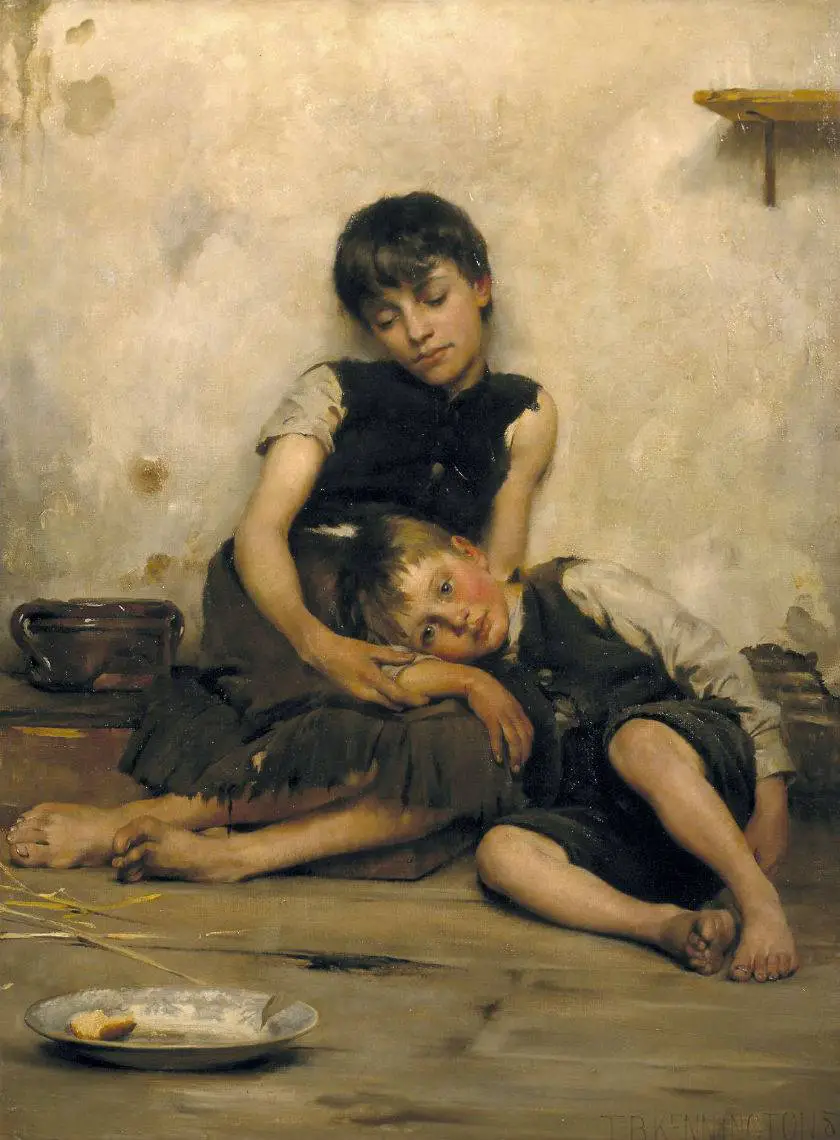
Orphans in modern literature evolved from orphans of folk and fairytales. There are many orphans in American and British children’s literature, but also in literature from around the world. Some communities have always been set up with strong social networks. Even if parents die, there are no true orphans because the extended family will care for them.
-
The Importance of Picture book Endpapers and Other Peritext
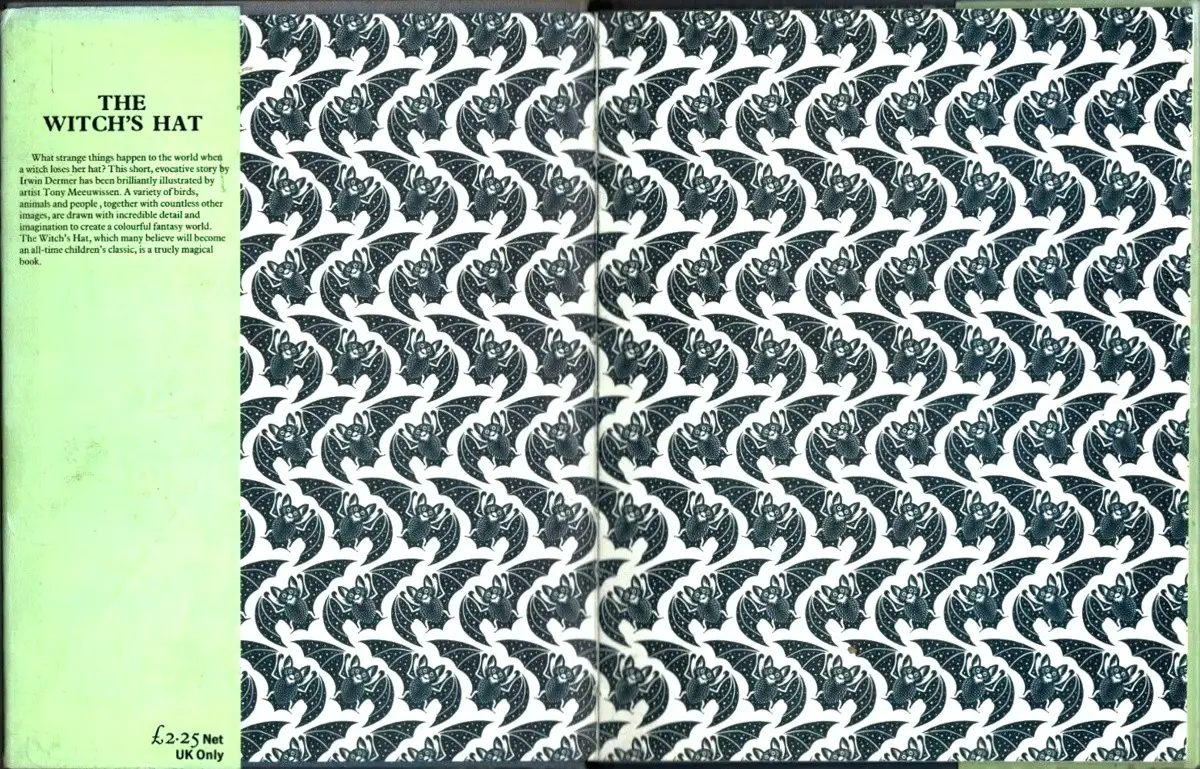
Peritext is especially important in picture books, and refers to the physical features and design elements that surround the story. When readers take note of this information, their experience of the story will be enhanced, or possibly change. Peritext includes information on: Part of me thinks that a reader’s preference for a physical book isn’t